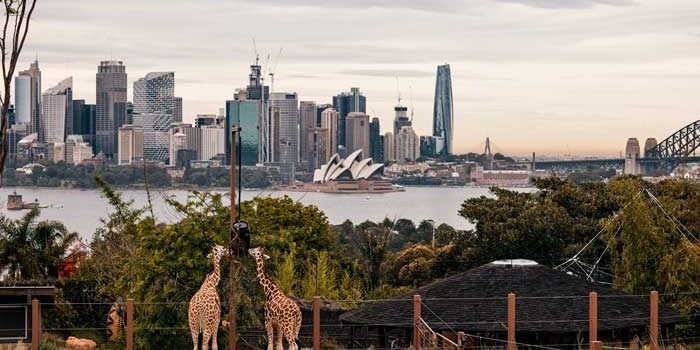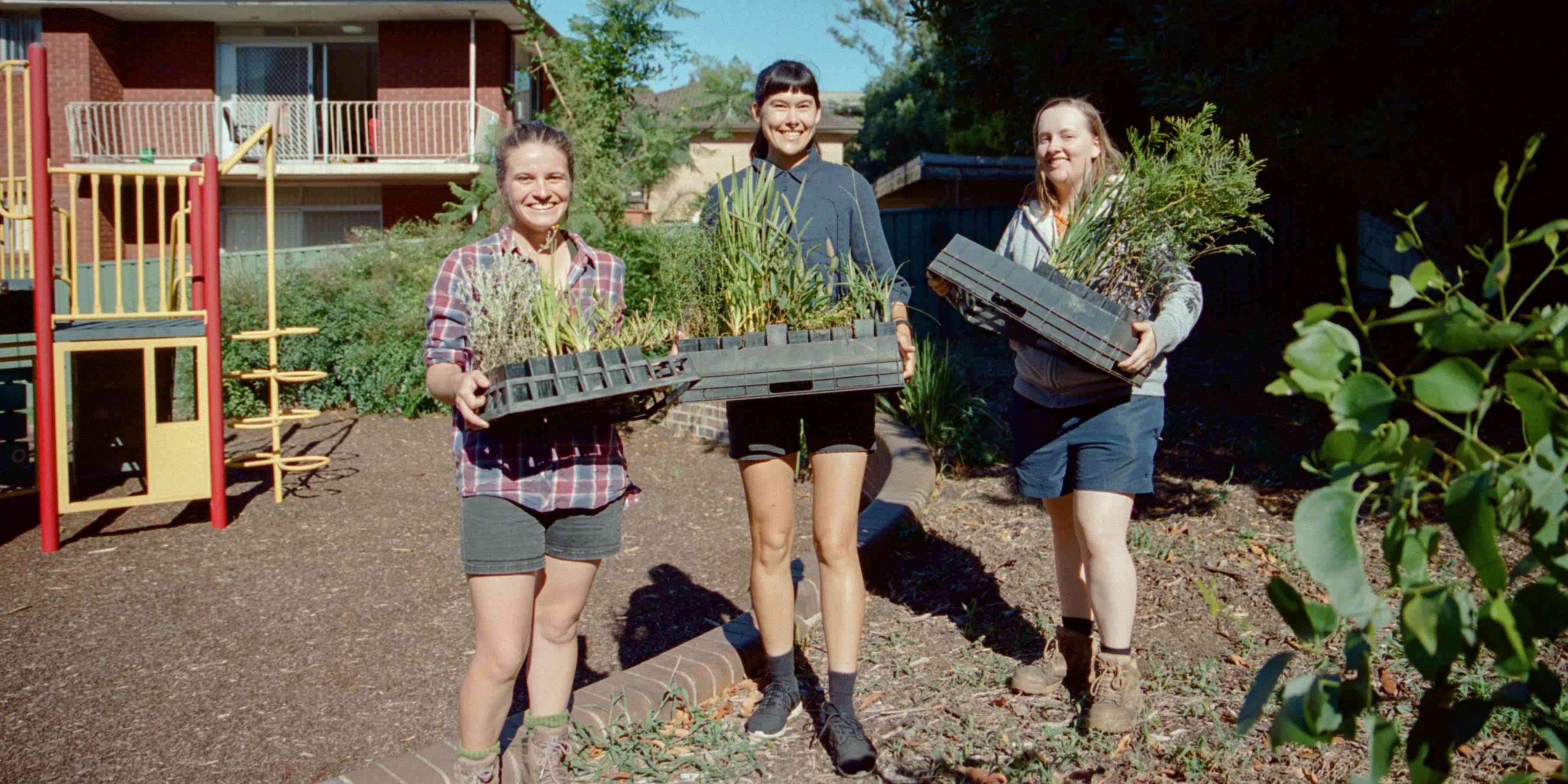Key points
- A heatwave is when maximum and minimum temperatures stay unusually high for 3 or more days.
- Heatwaves affect human health – heatwaves kill more Australians than any other natural hazard. Heatwaves also put pressure on our infrastructure and services, and affect our environment and agriculture.
- Temperatures in NSW are increasing because of climate change. Climate change will also mean that we have more heatwaves, and they will be hotter and longer than they are now.
- Changes to our built environment, housing designs and agriculture will help to reduce the impact of coming heatwaves on our community and economy.
The impact of heatwaves in NSW
Heatwaves are a significant hazard in Australia for both people and the environment.
They have been responsible for more human deaths than any other natural hazard, including bushfires, storms, tropical cyclones, and floods. During the 1939 Black Friday bushfires, 71 people died in Victoria. But at least 420 people died in the heatwaves leading up to those fires, mostly in New South Wales. Similarly, 173 people died during the 2009 Victorian bushfires, but an additional 374 people died in the heatwave before the fires.
Heatwaves have the greatest impact on children, elderly people, Indigenous communities and people with pre-existing diseases and disabilities.
Heatwaves can increase the pressure on our health and emergency services. During heatwaves in 2011 and 2019, hospitals across NSW experienced a 14% rise in admissions.
Heatwaves also increase pressure on our water and energy supplies, causing water restrictions and blackouts. Power shortages can increase the health impact of heatwaves, because people can’t use air-conditioning or other electrical methods to cool off.
Heatwave effects are often worse in cities, because hard surfaces such as bitumen can retain heat and drive up temperatures (known as the ‘heat island effect’).
Heatwaves also affect our agriculture and wildlife, and can increase the risk of bushfires.
How heatwaves are affected by climate change in NSW
As a result of climate change, heatwaves in NSW are projected to be more intense, occur more often, and last longer. We are already seeing these changes, and they are projected to continue in the future.
The intensity of heatwaves is measured in 2 ways – the hottest day of the hottest heatwave of the year, and the average temperature across all heatwaves of the year.
The hottest day of the hottest heatwave is projected to increase across the state in both the near and far futures.
While the average temperature across all heatwaves is not projected to increase, the number of days of extreme heat (defined as days with temperatures above 40°C) each year is projected to significantly increase.
The number of heatwave events each year are projected to increase significantly for most of NSW and the ACT in the near future, with even more significant increases projected for the far future.
By 2070, the number of heatwaves is projected to increase by 2.5 to 4.5 events per year, and more in central and northern parts of NSW.
Heatwave duration is measured by the length of the longest heatwave of the year.
Heatwaves are projected to last longer in the future. By 2030 there will be 3.5 more days on average per year in most regions, and by 2070 there will be 11 more days per year on average, with more in the north-east and less in the south of NSW.
Adapting to heatwaves in NSW
Adapting our built environments and homes is an important way to minimise the impacts of increasing heatwaves.
Designing our cities to reduce how much heat is absorbed by buildings and roads can reduce the ‘heat island effect’ and help to keep temperatures down.
Designing our homes to keep cool in summer without using energy can improve the lives of the residents and reduce pressure on our energy supply.
We are also investigating how to adapt our farming practices to better suit increased temperatures, along with other changes from climate change. Changes might include using different crops in different areas, different irrigation methods, and new ways to manage livestock.
For more detailed adaptation information, please visit our Urban Heat and Green Cover and Urban Spaces pages.
Related information
Understanding heatwaves - Australian Bureau of Meteorology
Heatwaves and extreme heat are managed – Greater Sydney Commission
How can nature help tackle the urban heat island effect? - Greening Australia



